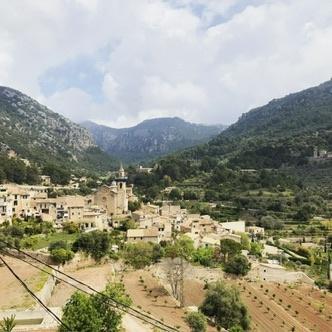How did monastic land ownership impact the local economy and social structure before secularization?
Similar Topics
monastic land ownership
local economy impact
social structure influence
agricultural production
rural development
monastic authority
economic stability
cultural preservation
Before the wave of secularization, monastic land ownership played a significant role in shaping the local economy and social landscape of many regions. Monasteries often controlled vast tracts of fertile land, which they managed with great care and efficiency. This ownership allowed them to produce agricultural goods, sustain their communities, and support charitable activities. The monasteries frequently acted as major employers, providing work for peasants and craftsmen on their estates. This economic influence helped stabilize local economies by creating steady demand for labor and goods, while also fostering a form of rural development centered around monastic estates.
Socially, the monasteries held considerable authority, often serving as centers of learning, healthcare, and spiritual guidance. Their land ownership reinforced this status, as the land gave them wealth and power, which translated into social influence over the surrounding population. The monks and abbots not only managed economic resources but also mediated disputes and administered local justice, shaping the community’s hierarchical structure. Peasants living on monastic lands typically had obligations to the monastery, such as paying rents or providing labor, which could limit their economic freedom but also offered protection and religious oversight.
Moreover, monastic landholdings helped preserve knowledge and culture through the maintenance of libraries and scriptoria, which contributed indirectly to the broader social structure. The monasteries’ role as hubs of innovation in agriculture and technology also benefited local economies by introducing improved farming techniques and tools. While their dominance sometimes curtailed the development of independent landowners, the monasteries nonetheless acted as stabilizing institutions in the medieval period, balancing economic production with social and spiritual roles. Their eventual secularization led to significant shifts, but prior to that change, monastic land ownership was a cornerstone of economic vitality and social order in many communities.
Socially, the monasteries held considerable authority, often serving as centers of learning, healthcare, and spiritual guidance. Their land ownership reinforced this status, as the land gave them wealth and power, which translated into social influence over the surrounding population. The monks and abbots not only managed economic resources but also mediated disputes and administered local justice, shaping the community’s hierarchical structure. Peasants living on monastic lands typically had obligations to the monastery, such as paying rents or providing labor, which could limit their economic freedom but also offered protection and religious oversight.
Moreover, monastic landholdings helped preserve knowledge and culture through the maintenance of libraries and scriptoria, which contributed indirectly to the broader social structure. The monasteries’ role as hubs of innovation in agriculture and technology also benefited local economies by introducing improved farming techniques and tools. While their dominance sometimes curtailed the development of independent landowners, the monasteries nonetheless acted as stabilizing institutions in the medieval period, balancing economic production with social and spiritual roles. Their eventual secularization led to significant shifts, but prior to that change, monastic land ownership was a cornerstone of economic vitality and social order in many communities.
🧩 Related Questions
Related Question
What economic impacts has the decline of bullfighting had on local communities and businesses?
Related Question
How has the cultivation of quince influenced agricultural practices in the Mediterranean over time?
Related Question
What features in a rental kitchen can make cooking local Mallorcan dishes easier for travelers?

